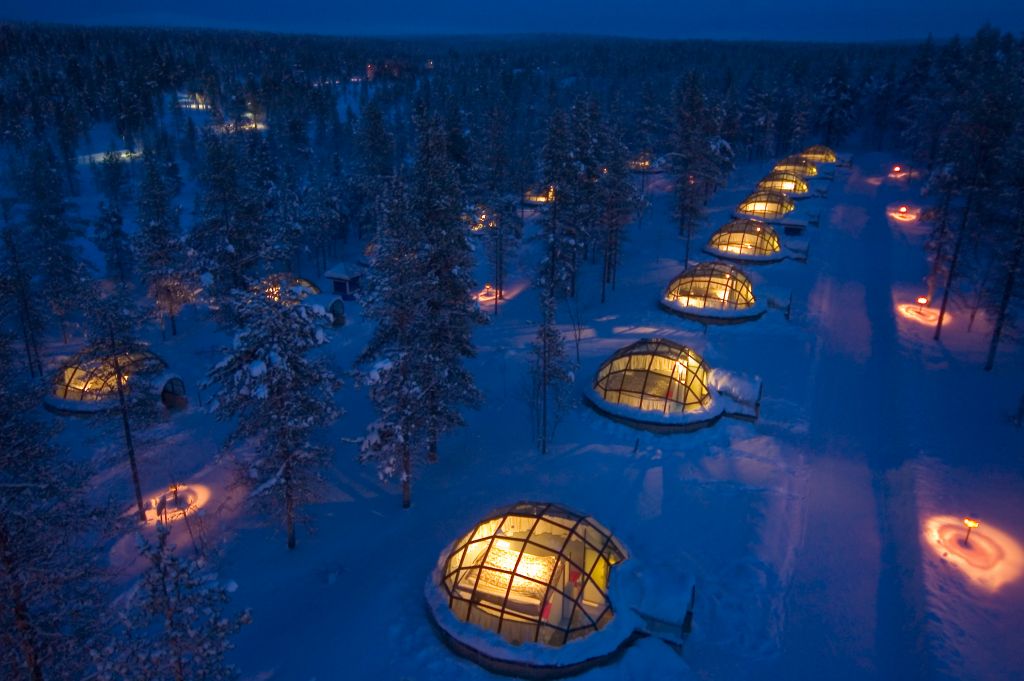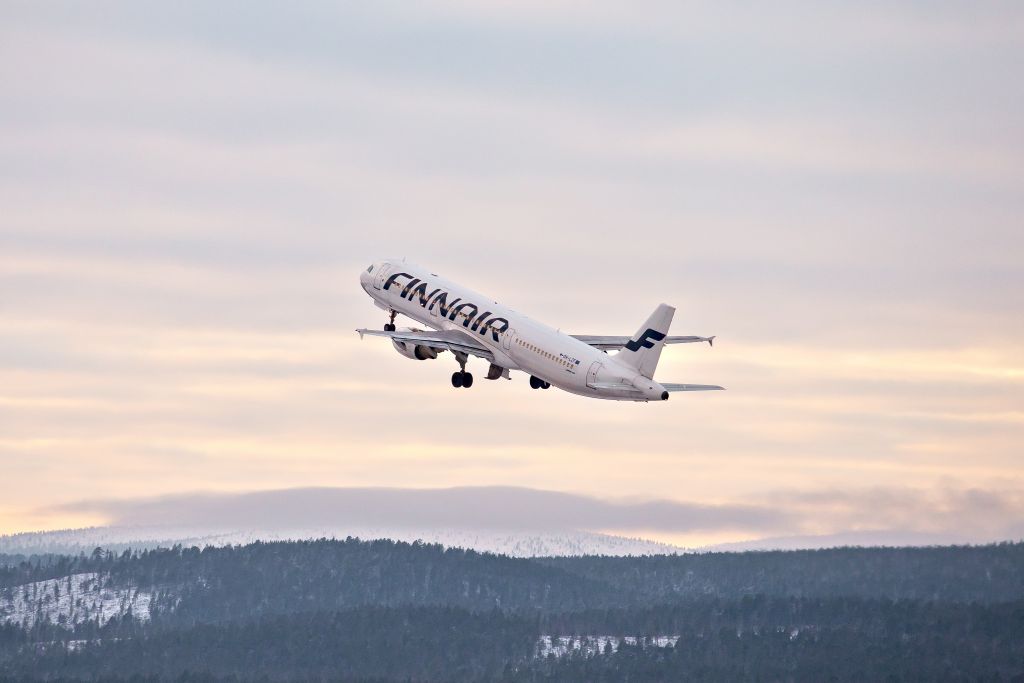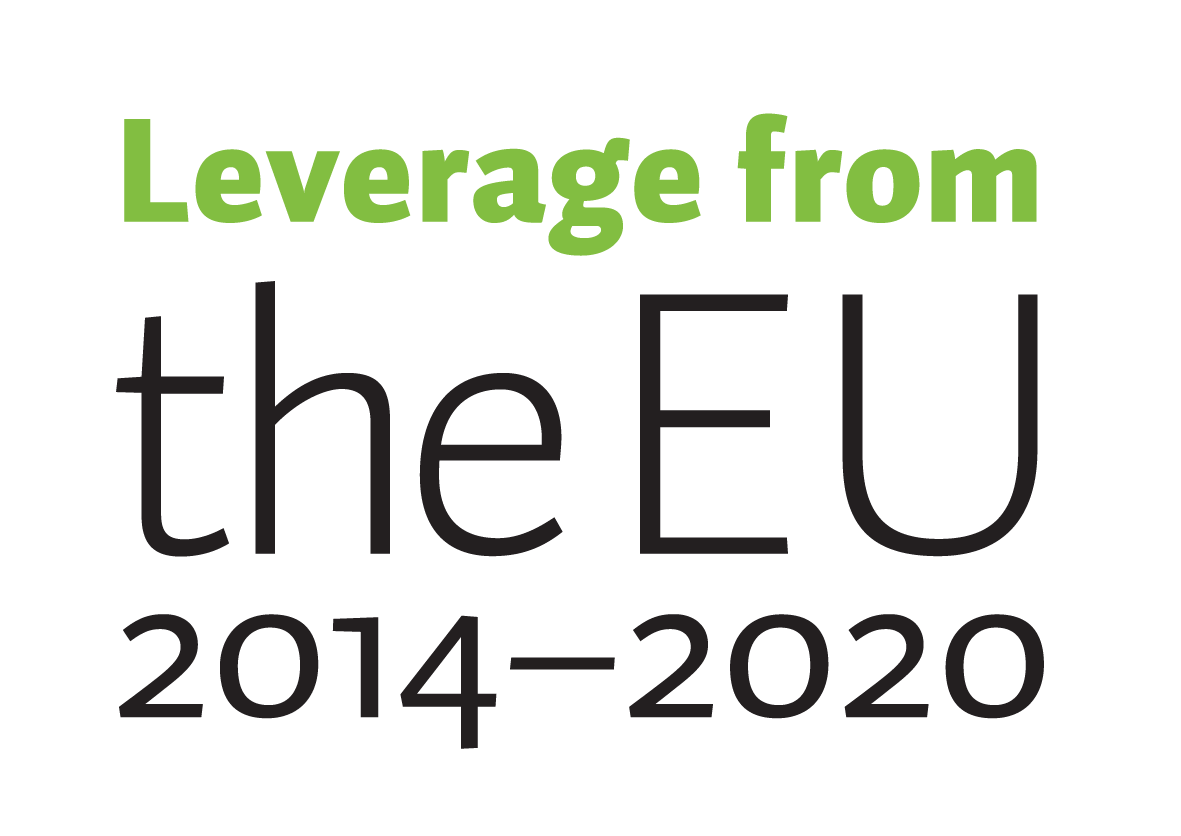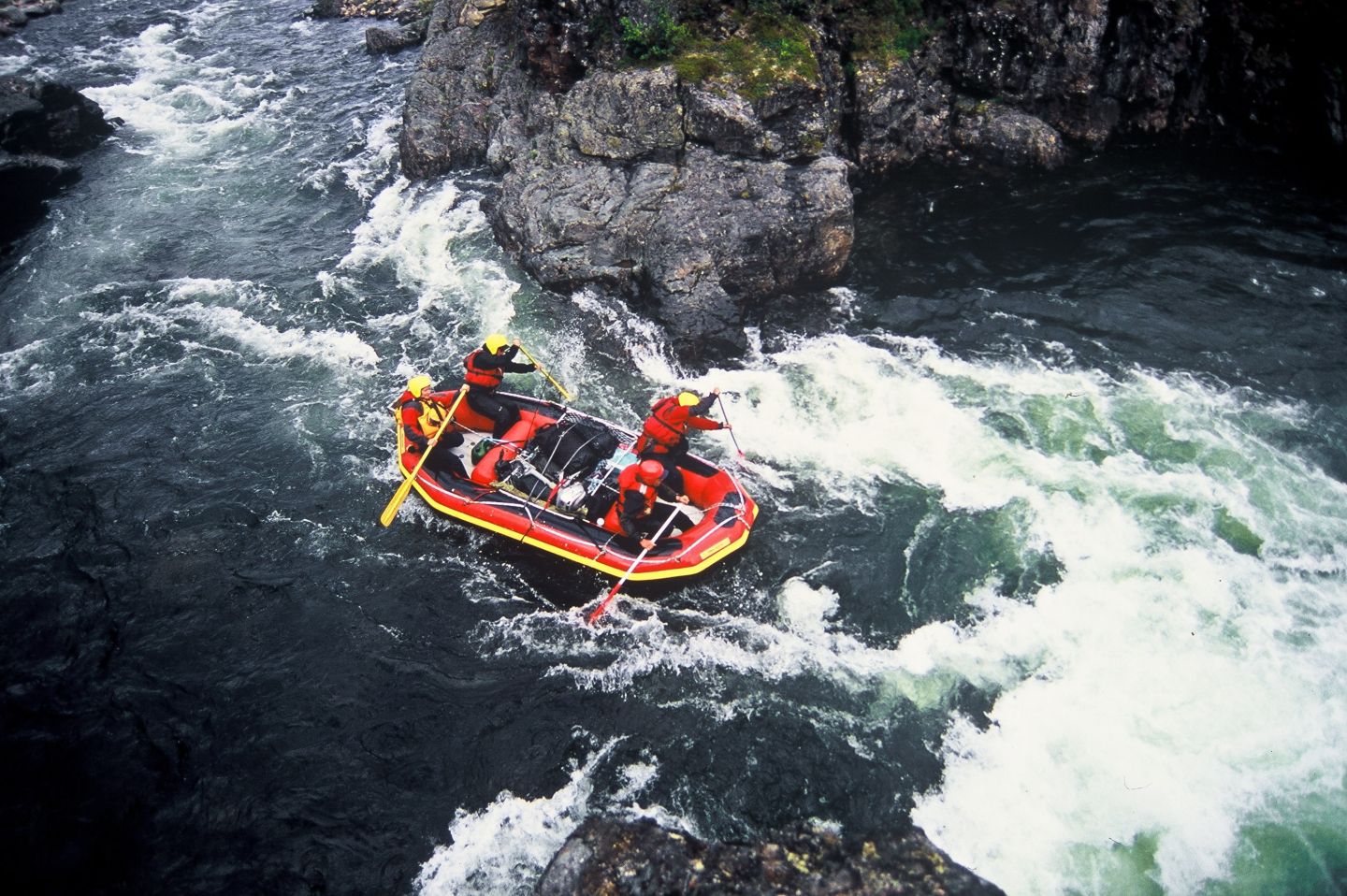In many minds, Lapland is specifically associated with tourism. And it is no wonder as Lapland is the engine of Finnish tourism, both in terms of growth and recognition. International tourism, in particular, has been growing strongly.
Facts
- In 2019 there were 3.1 million registered overnight stays
- Share of international overnight stays was 52%
- 1.4 million air passengers (2019)
- In 2020 the overnights decreased by a third due to Covid-crisis
- The goal is year-round sustainable tourism
- Major investment opportunities
Growth and investments
Tourism is one of the growing industries in Lapland. International travel in Lapland has grown faster than in Finland in average or in many Nordic countries. During the last decade (2010–2019), international customers’ overnight stays in Lapland have doubled.
In 2019, a total of 3.1 million overnight stays were registered in Lapland, 4 percent more than in 2018. However, overnight stays from popular peer rental service Airbnb and more traditional private rental cabin accommodation are not included in this figure. Overall, Lapland’s accommodation capacity is over 100,000 beds.
The largest groups of tourists were the British, the French and the Germans, but the Asian market is growing significantly. The Chinese are the fifth largest tourist group in Lapland. The peak season of international tourism takes place during the winter and especially around the Christmas season, while the favorite months for domestic tourists in Lapland are March and April, and the fall season, especially September.
In 2020, the Covid-pandemic interrupted the long-lasting positive development of tourism in Lapland. 2.1 million overnight stays were registered, which is a third less than in the previous year. After spring 2020, domestic tourism recovered, but the lack of international customers kept the overall development negative.
The long term growth of tourism before the pandemic is showing also as new investments and expansion projects in Lapland’s tourist resorts. Smaller investments and expansions are made constantly, some new accommodation investments are in the pipeline, but also several projects still at their planning stages awaiting for partners. The pandemic has slowed the progress of projects but has not stopped them altogether.

The economic and employment impact of tourism is increasing
The importance of tourism in the regional economy of Lapland is very significant, as the share of tourism in GDP was 5.7 percent, while Finland’s average was 2.5 percent.
The tourism sector consists of several different industries, such as accommodation, restaurants and program services. All industries of the tourism sector have been growing for several years before Covid. Growth has been the fastest in the program service sector, where turnover grew by up to 20 percent in 2018.
In 2019, Lapland’s tourism gave employment for up to 8,000 people taking into account the seasonal workforce. The availability of workers, especially for the winter peak season, is one of the challenges for growth in the industry. Tourism also employs many outside of the major tourist centers, for example, around the seven national parks of Lapland. Employment in the industry is projected to rise in the coming years as the tourist seasons grow longer and the demand increases.
The tourism business is positively reflected in many other industries in the region. According to Tourism Satellite accounts, tourists spend about five times the amount of euros they pay for their accommodation.
Travel increases traffic
In recent years, international tourists have been even more interested in traveling to Lapland. Passenger numbers at Lapland airports have increased over the past ten years, and in 2019 a record 1.4 million passengers passed through Lapland airports. The growth of international tourism has been accelerated, especially by the direct international routes opened for wintertime.
Finavia, a state-owned aviation operator, has invested EUR 55 million in Rovaniemi, Kittilä and Ivalo airports. The goal of the investment is to enable to serve 2 million annual passengers at Lapland airports.
By rail, the annual passenger capacity of Lapland is 450,000 sleeping cars and one million seats, and the state-owned VR estimates that traffic will grow at an annual rate of almost 5%.

Lapland aims to develop year-round sustainable tourism
The attraction of Lapland is based on the unique Arctic nature. The air in Lapland is the cleanest in Europe, and Finland has been estimated to be the safest destination in the world. Tourism in Lapland is also expected to return to it’s growth path as the travel restrictions are lifted after the pandemic. In addition to the allure of the Arctic nature, the success of the tourism industry in Lapland relies on decades of strong expertise and international trade.
Strong growth in demand has been reflected, in particular, in the program service sector, and many tourist areas have a need for innovative tourism service companies as the international travelling opens again. The accommodation capacity in many destinations has been practically in full use during the winter peak season, and there will be a growing demand for themed high-quality accommodation. The year-round capacity utilization rate has been relatively low but high winter sales have been compensating the quieter summer season. At the moment tourism companies are investing and heavily developing the summer season and sustainable tourism, and the results are already beginning to show.
Investing in tourism is not limited only to business investments in Lapland. The University of Lapland is the only university offering major tourism research in Finland, and the development of sustainable Arctic tourism is one of the strategic business goals of the region.



